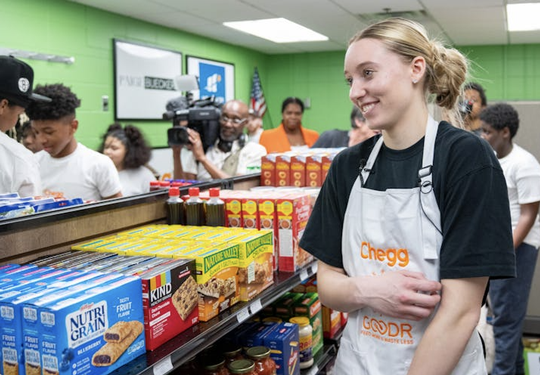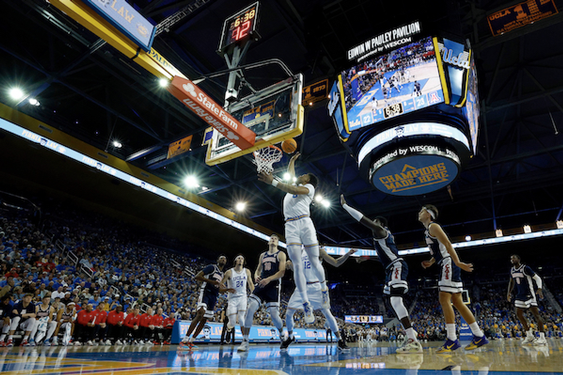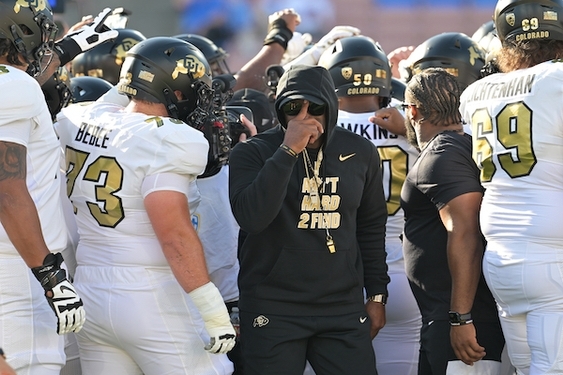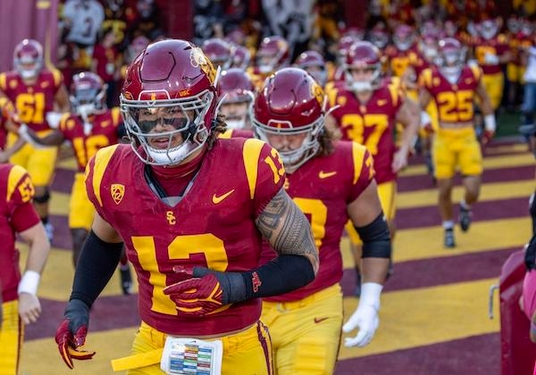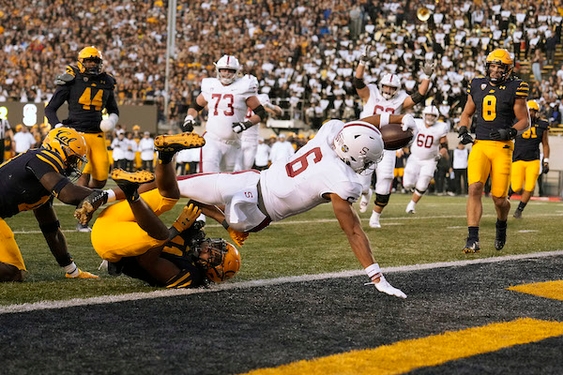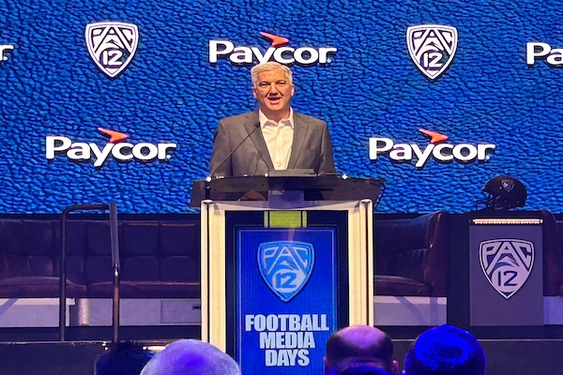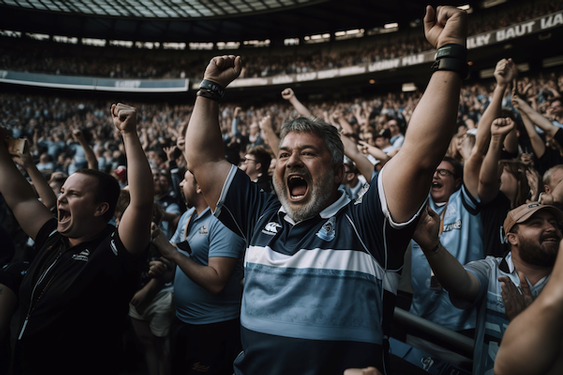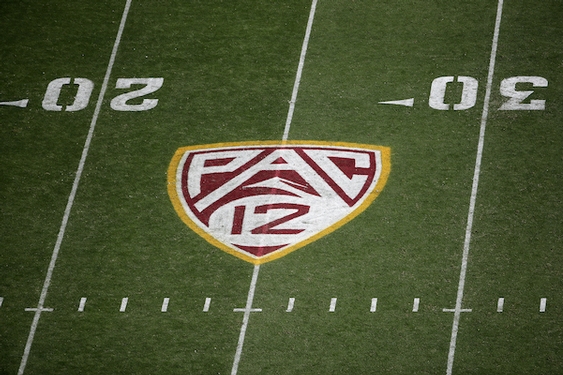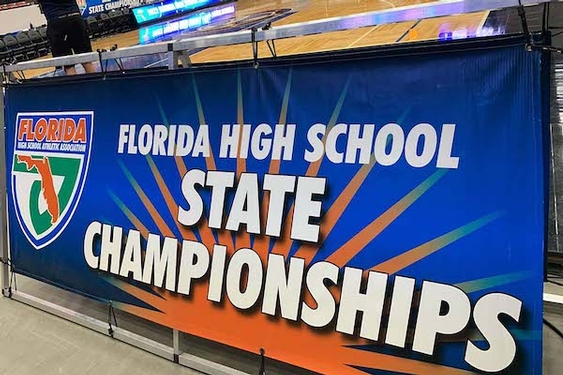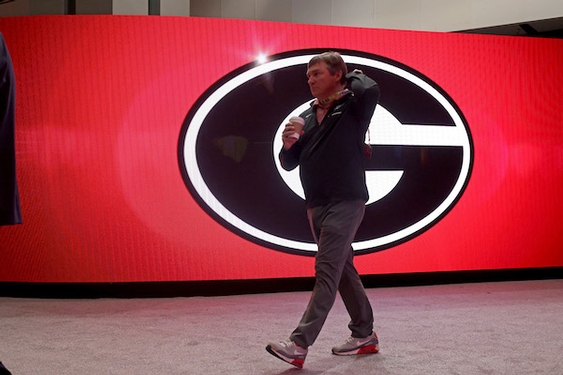For the first time, college athletes will be paid by the NCAA.
The NCAA on Monday reached a settlement to pay $20 million to current and former major college football and men’s basketball players for using their likenesses in video games.
The players claimed the NCAA had illegally used their names, images and likeness in Electronic Arts’ NCAA Football, Basketball and March Madness games.
In all, $60 million will be paid to players. Last month, EA and the Collegiate Licensing Co. reached a $40 million settlement with players whose likenesses were used in the games. The college sports games are no longer made by EA.
The video-game case against the NCAA was filed by former Nebraska and Arizona State quarterback Sam Keller and was set to go to trial next March. The case also was once part of a lawsuit filed by former UCLA basketball star Ed O’Bannon.
Keller’s case was separated from O’Bannon’s, and the settlement was announced as the O’Bannon trial opened in Oakland, Calif. O’Bannon’s lawsuit will determine whether college athletes can profit from their names, images and likenesses. If he wins, athletes likely would be able to sell their signatures, which is against NCAA rules.
The NCAA settlement will award athletes who played for certain schools in the years the games were sold. The NCAA will grant a waiver to current athletes who were in the video games and allow them to share in the settlement.
Steve Berman, the managing partner of the law firm Hagens Berman and lead attorney in the Keller case, said precedent was set.
“This is the first time in the history of the NCAA that the organization is paying student-athletes for rights related to their play on the field, compensating them for their contribution to the profit-making nature of college sports,” Berman said in an email news release.
But Donald Remy, the NCAA’s chief legal officer, told The New York Times that this isn’t “pay for play.”
“In no event do we consider this settlement pay for athletics performance,” Remy said.
The NCAA sees the settlement as “an appropriate opportunity to provide complete closure,” to the case.
In the O’Bannon case, the former UCLA basketball star testified that he spent 40-45 hours a week on basketball.
“I was an athlete masquerading as a student,” O’Bannon said. “I was there strictly to play basketball. I did basically the minimum to make sure I kept my eligibility academically so I could continue to play.”
O’Bannon filed suit five years ago after discovering his image was being used in an EA Sports video.
In cross-examination, Glenn Pomerantz, the NCAA’s lead attorney, asked O’Bannon about his college experience.
“Is this free UCLA education something that is still very valuable to you today?” Pomerantz asked.
“Yes, it is,” O’Bannon said.
The O’Bannon lawsuit doesn’t seek monetary damages. It asks U.S. District Judge Claudia Wilken to change NCAA rules. She, not a jury, will decide the case.
Roger Noll, a Stanford University economist who testified for the plaintiffs, said that athletes haven’t shared in the financial growth of college sports while coaches’ salaries had increased by 512 percent since 1985. He testified that the NCAA acts as a cartel by fixing the prices of scholarships for athletes and not allowing them to cash in on their names, images or likenesses.
The NCAA is expected to argue that student-athletes have several financial advantages and could cite research conducted by USA Today that an athletic scholarship is worth up to $120,000 annually when factoring in goods, services and future earnings. And athletes who don’t receive athletic scholarships have other financial aid available to them, including academic scholarships and federal Pell Grants.
———
To reach Blair Kerkhoff, call 816-234-4730 or send email to bkerkhoff@kcstar.com. Follow him at Twitter.com/BlairKerkhoff.
———
©2014 The Kansas City Star (Kansas City, Mo.)
Visit The Kansas City Star (Kansas City, Mo.) at www.kansascity.com
Distributed by MCT Information Services



